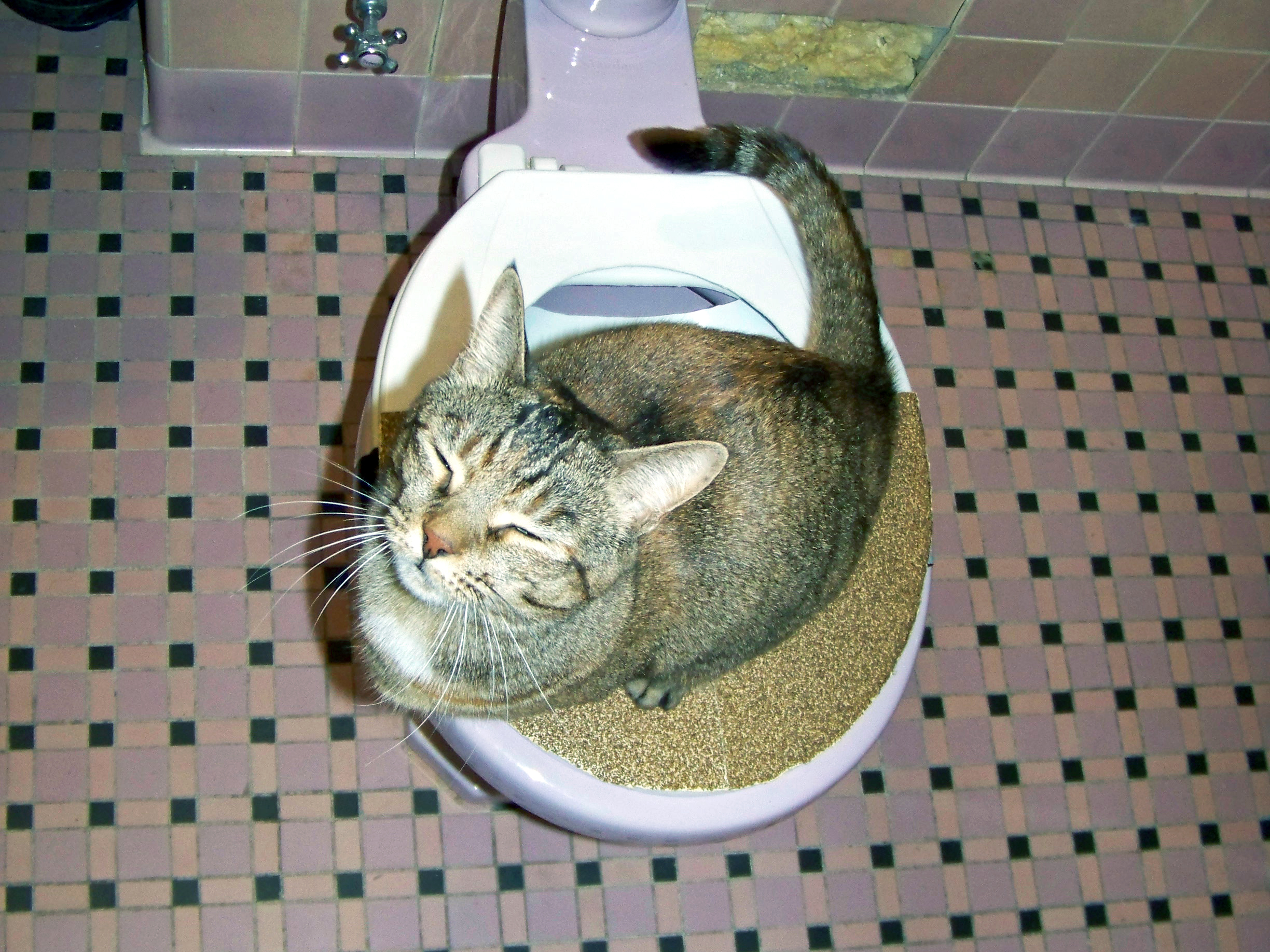Prevent Bathroom Disasters: Don't Flush Cat Poop Down Your Toilet - Expert Advice
Prevent Bathroom Disasters: Don't Flush Cat Poop Down Your Toilet - Expert Advice
Blog Article
They are making a few good annotation about How to Dispose of Cat Poop and Litter Without Plastic Bags as a whole in the content further down.

Introduction
As cat proprietors, it's necessary to be mindful of exactly how we take care of our feline buddies' waste. While it may appear practical to purge cat poop down the commode, this practice can have damaging consequences for both the atmosphere and human wellness.
Environmental Impact
Flushing pet cat poop presents damaging microorganisms and bloodsuckers into the supply of water, presenting a considerable threat to aquatic communities. These pollutants can adversely affect aquatic life and concession water high quality.
Health and wellness Risks
Along with environmental issues, flushing cat waste can also present wellness risks to humans. Feline feces may contain Toxoplasma gondii, a parasite that can cause toxoplasmosis-- a potentially extreme health problem, especially for pregnant ladies and people with damaged immune systems.
Alternatives to Flushing
Thankfully, there are safer and more accountable ways to take care of cat poop. Take into consideration the complying with choices:
1. Scoop and Dispose in Trash
The most typical method of taking care of cat poop is to scoop it right into a biodegradable bag and throw it in the garbage. Make certain to use a specialized clutter inside story and deal with the waste immediately.
2. Usage Biodegradable Litter
Go with biodegradable cat litter made from materials such as corn or wheat. These trashes are environmentally friendly and can be safely thrown away in the garbage.
3. Hide in the Yard
If you have a backyard, take into consideration hiding pet cat waste in an assigned area away from vegetable yards and water resources. Make sure to dig deep enough to prevent contamination of groundwater.
4. Mount a Pet Waste Disposal System
Invest in a pet garbage disposal system particularly developed for pet cat waste. These systems utilize enzymes to break down the waste, reducing smell and environmental influence.
Final thought
Responsible family pet ownership prolongs beyond supplying food and sanctuary-- it also involves appropriate waste monitoring. By avoiding purging cat poop down the commode and opting for alternate disposal methods, we can lessen our environmental footprint and shield human wellness.
Why You Should NEVER Flush Cat Poop (and/or Litter) Down Your Toilet
The Problem with Litter
The main function of litter is to solidify and adhere to your cat’s waste. While this makes litter excellent for collecting cat poop and urine, it’s also the exact property that makes it a nightmare when flushed down the toilet.
Cat litter can and will clog pipes. There is non-clumping litter, but it’s still quite heavy and can build up in pipes. This is true even of supposed “flushable litter.”
The problems only compound when the litter is already clumped into cat waste. Toilet paper is among the more flushable things, and even too much of that will clog a toilet.
The Problem with Cat Poop
Sewers and septic systems are designed with human waste in mind. The microbes that help break down human waste don’t work on cat waste. Additionally, cat poop plays host to the parasite Toxoplasma gondii.
When flushed, this parasite can enter the environment in places it was never meant to, posing a risk to pregnant women, their unborn children, and other people with compromised immune systems. While it might not seem possible, flushing cat poop can indeed introduce this parasite to the public water supply.
These reasons are why, even if you’ve trained your cat to go on the toilet and flush, which is possible, it’s still not a good idea. Also, pregnant women and the immunocompromised shouldn’t change litter, either.
How to Handle Litter
The best way to handle litter is to simply put it in a plastic bag and place it in the trash. Avoiding environmental risks and possible plumbing damage is worth the extra effort.
You can also invest in devices that seal away your cat’s waste in a separate compartment, so you don’t have to change the litter nearly as often. They’re also safer for pet owners because they limit the possibility of Toxoplasma gondii exposure.
Disposing of litter the old-fashioned way will ensure you won’t have to worry about any issues that flushing the waste can potentially cause.
Take Care of Clogged Pipes with Stephens Plumbing, Heating & Air Conditioning
The reasons you should never flush cat poop down your toilet are numerous, but sometimes the inevitable happens despite your best efforts.
Stephens Plumbing, Heating & Air Conditioning is ready to help if you’re experiencing litter-blocked plumbing. Whether you need us in an emergency or want to schedule regular maintenance, we’re here for you.
https://www.stephensplumbing.net/bathroom-plumbing/never-flush-cat-poop-down-your-toilet/

Hopefully you enjoyed reading our topic about How to Dispose of Cat Poop and Litter Without Plastic Bags. Thank you so much for taking a few minutes to read our article. Are you aware of somebody who is serious about the niche? Do not hesitate to share it. I truly appreciate reading our article about Don’t flush cat feces down the toilet.
Get An Estimate Report this page